Latest Update: Aug 19, 2025, 5:49:53 AM
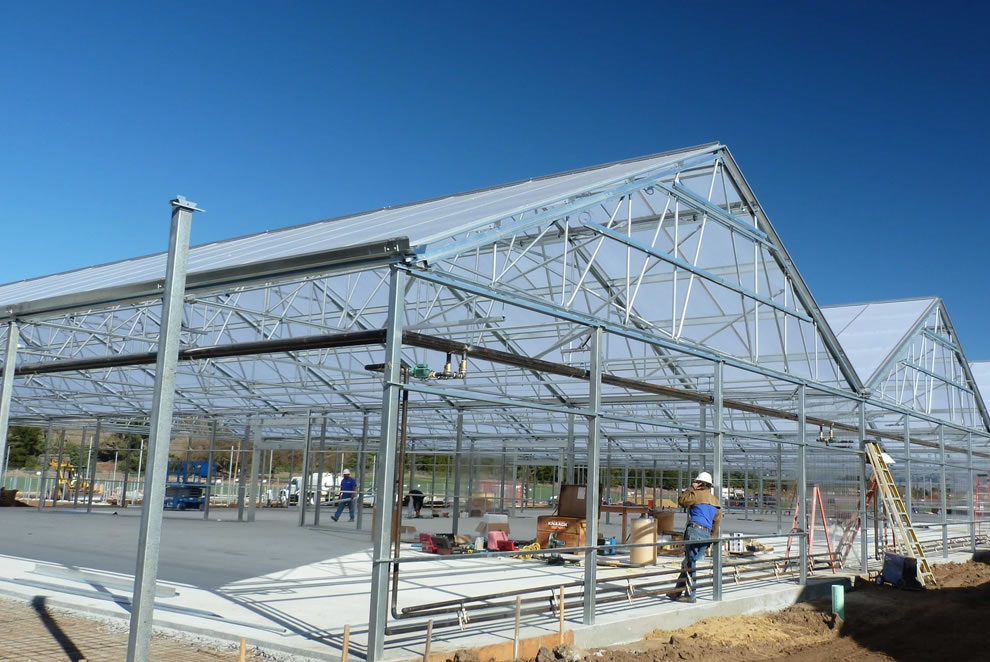
With the growing interest in sustainable agriculture, greenhouses have emerged as an innovative solution for producing fresh, high-quality crops. These structures allow precise control over environmental factors like light, temperature, and humidity, enabling farmers to adapt to climate challenges. However, misconceptions and myths about starting a greenhouse often deter potential newcomers. These myths typically stem from outdated or incomplete information and do not align with modern realities. In this article, we explore seven common myths about greenhouses, debunking them with scientific evidence and practical experiences. Our goal is to clarify these misconceptions and encourage more people to embrace greenhouse farming.
Starting a Greenhouse Is Too Expensive
Many believe that launching a greenhouse requires substantial capital and is only viable for large-scale farmers. In reality, greenhouses come in various sizes and types. You can start with small domestic setups or simple plastic structures costing less than $1,000. For instance, tunnel greenhouses or basic hydroponic systems can be built with local materials, offering quick returns on investment.
Governments and banks often provide low-interest loans for greenhouse farming. Studies show that initial costs are offset by savings in water, fertilizers, and pesticides. Farmers with limited budgets report profitability after just one season. This myth is more of an excuse than a reflection of reality.
Greenhouses Are Only for Exotic Plants
Some assume greenhouses are solely for cultivating rare or export-oriented crops like orchids or tropical fruits. However, greenhouses are ideal for everyday crops such as tomatoes, cucumbers, vegetables, and even grains. Over 80% of global greenhouses focus on staple food production.
Controlled environments enable year-round cultivation. In regions like Iran, greenhouses produce vegetables in winter, supporting local markets. This myth stems from a lack of awareness about their versatility. Farmers have shown that even local crops like basil or peppers thrive better in greenhouses, yielding higher quality.
Greenhouse Products Have Lower Nutritional Value
There’s a misconception that greenhouse-grown produce, lacking natural sunlight, is nutritionally inferior. Scientific research debunks this. With LED lighting and hydroponic systems, greenhouse plants often absorb more nutrients.
A Harvard study found that greenhouse tomatoes frequently contain higher antioxidants, as they are protected from pests and pollution, reducing the need for pesticides. Precise control over growing conditions enhances flavor and shelf life. This myth arises from misleading claims about traditional organic produce, yet greenhouses can be fully organic.
Greenhouses Harm the Environment
Some believe greenhouses damage the environment due to high energy use and plastic production. Modern greenhouses, however, are sustainable, using water recycling systems and renewable energy like solar panels. Water consumption is up to 90% lower than traditional farming, as water is recirculated.
IPCC reports indicate greenhouses reduce carbon emissions by producing local crops, cutting transportation needs. They also create habitats for beneficial insects, supporting biodiversity. This myth originates from outdated greenhouse models, but new technologies have addressed these concerns. Eco-conscious farmers use recyclable materials to build environmentally friendly greenhouses.
You Can’t Grow in Greenhouses During Winter
It’s often thought that greenhouses are ineffective in cold seasons, making crop production impossible. Yet, greenhouses are designed to overcome seasonal limitations. Simple heating systems, like gas heaters or proper insulation, maintain suitable temperatures.
In cold regions like Canada, farmers produce fresh vegetables during harsh winters. In Iran, greenhouses in colder provinces like Azerbaijan yield crops like lettuce in winter. Heating costs are offset by crop savings. This myth stems from unfamiliarity with modern technology, as even unheated greenhouses perform well in milder winters.
Greenhouses Require Excessive Energy
Many assume greenhouses consume vast amounts of energy for heating or cooling. However, smart greenhouses with sensors and automated systems optimize energy use. Solar and wind energy can reduce costs by up to 50%.
A European Union study shows modern greenhouses use up to 70% less energy than older models. Hydroponic systems further reduce energy by minimizing soil and water needs. This myth doesn’t align with current realities. With proper design, farmers can create energy-efficient greenhouses.
Maintaining a Greenhouse Is Easy and Effortless
Contrary to the belief that greenhouses are fully automated and hassle-free, they require consistent care. Daily monitoring of temperature, humidity, and pests is essential, as neglect can lead to crop loss.
However, smart tools like remote-control apps simplify the process. New farmers can acquire skills through online training. This myth stems from exaggerated marketing, but with good management, maintenance becomes a straightforward routine. Like any business, greenhouse success depends on careful planning.
Conclusion
These myths reveal that mental barriers to starting a greenhouse are often imaginary. With proper research and planning, anyone can benefit from this method. Greenhouses are not only profitable but also contribute to food security and environmental sustainability. If you’re considering entering this field, seek guidance from reliable sources like agricultural organizations or greenhouse associations. The future of farming lies in innovative methods like greenhouses—it’s time to set aside misconceptions and take action.



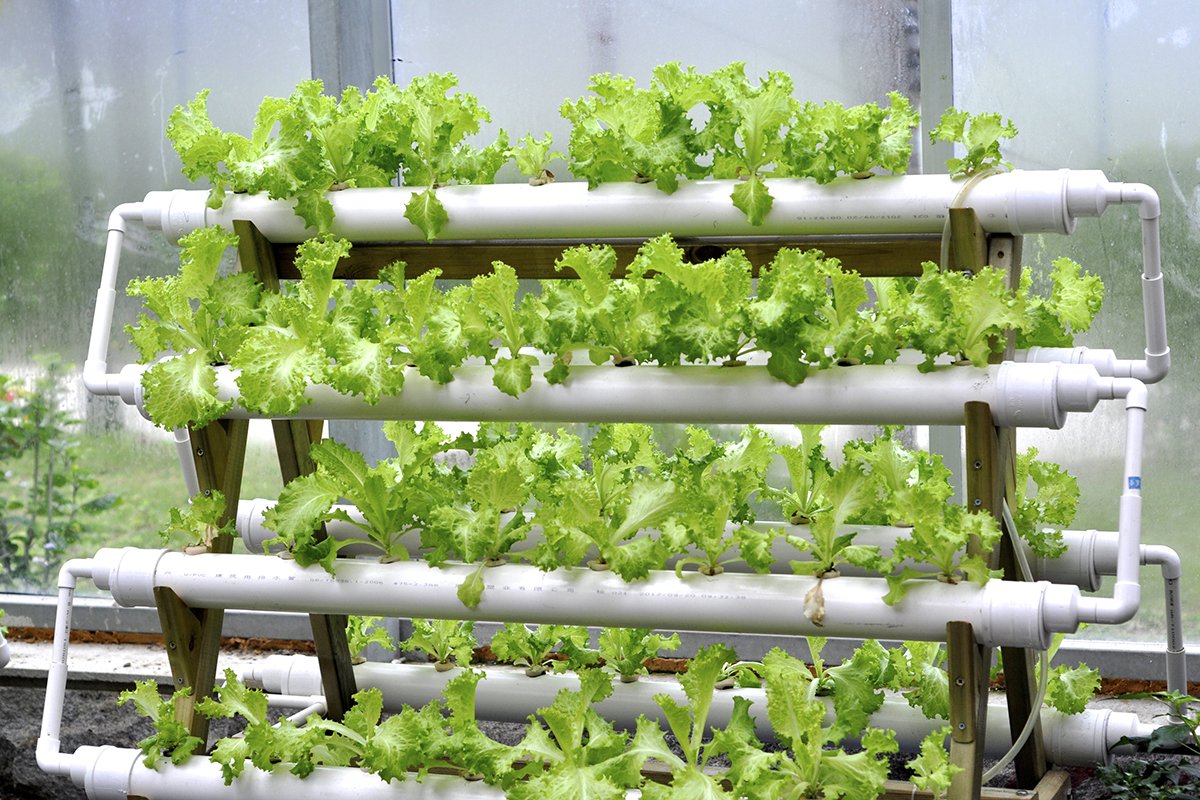 Hydroponic Greenhouse: A Comprehensive Guide to Setup, Benefits, and Systems
Hydroponic Greenhouse: A Comprehensive Guide to Setup, Benefits, and Systems
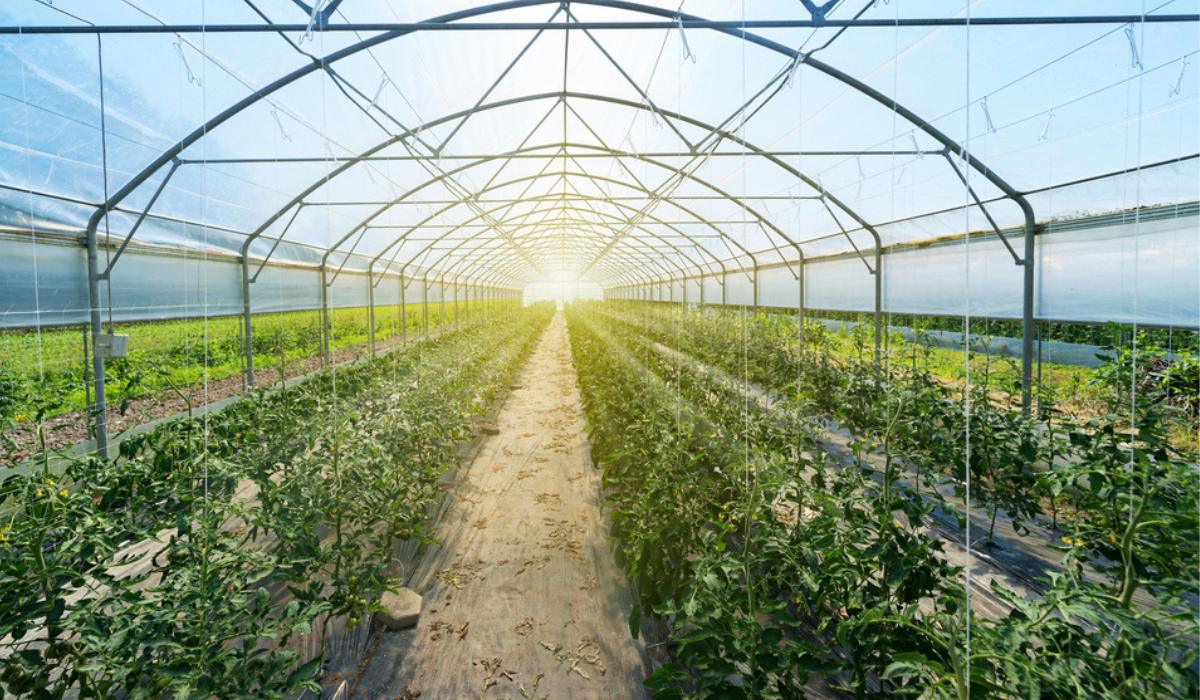 Land Requirements for Greenhouse Establishment
Land Requirements for Greenhouse Establishment
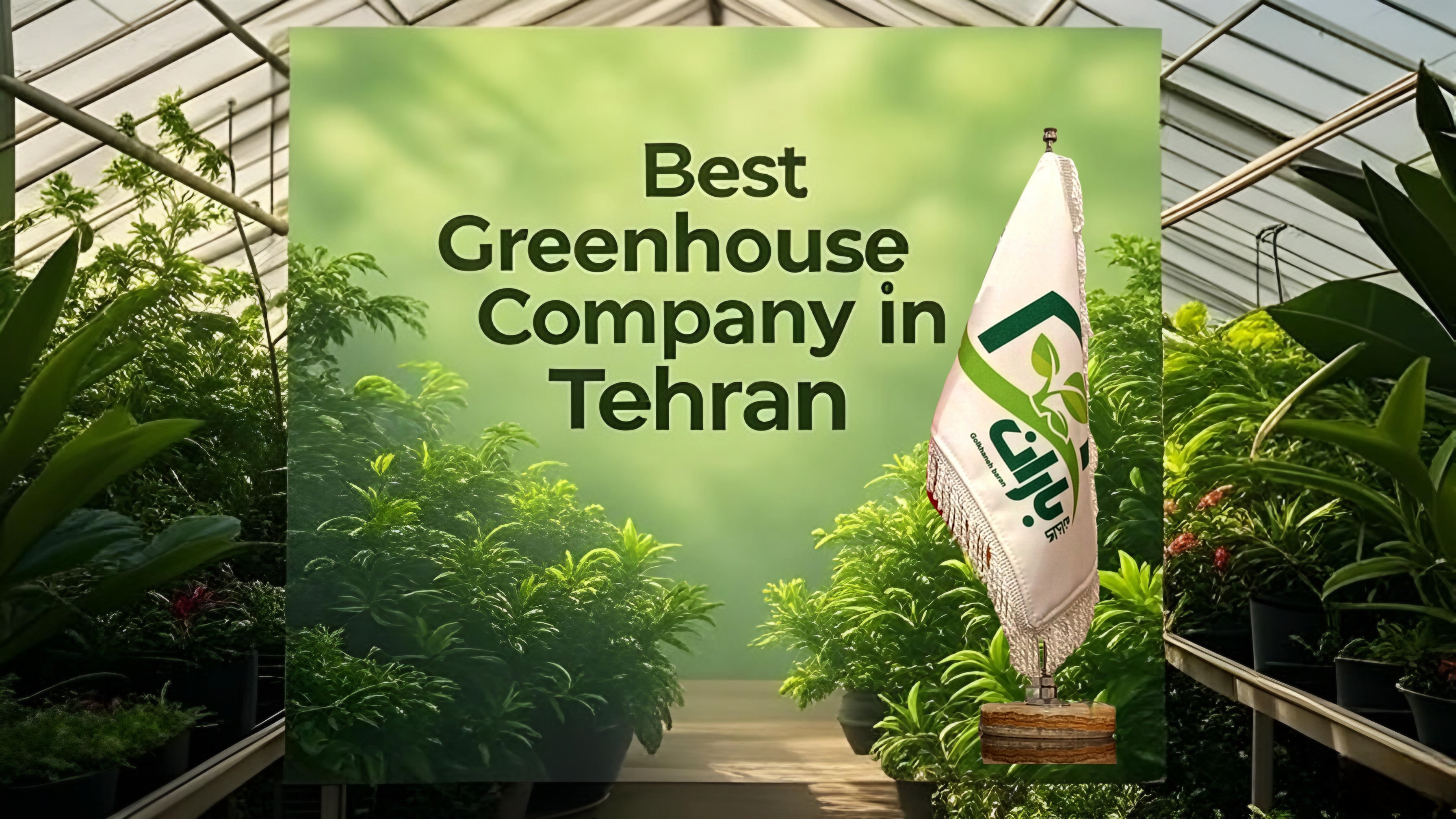 The best greenhouse construction company in Tehran
The best greenhouse construction company in Tehran
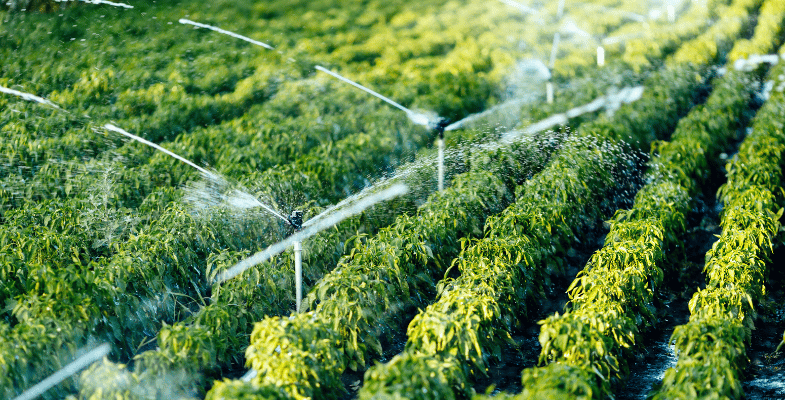 Greenhouse Irrigation Systems
Greenhouse Irrigation Systems
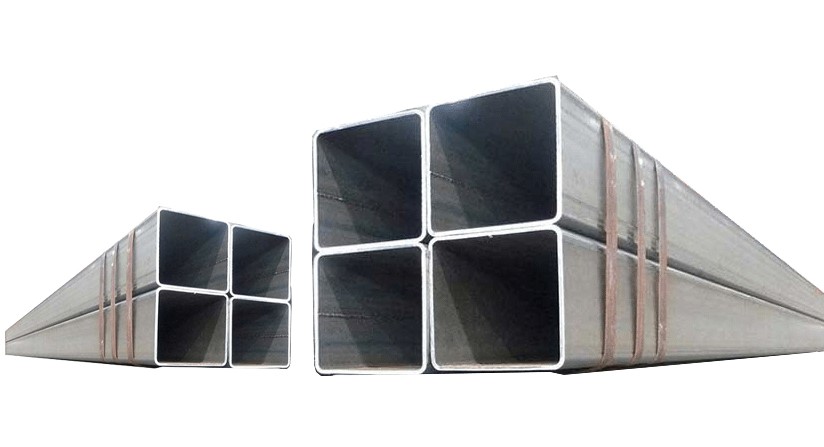 Galvanized can profile 10
Galvanized can profile 10
 Axial Fan Evaporative Cooler
Axial Fan Evaporative Cooler
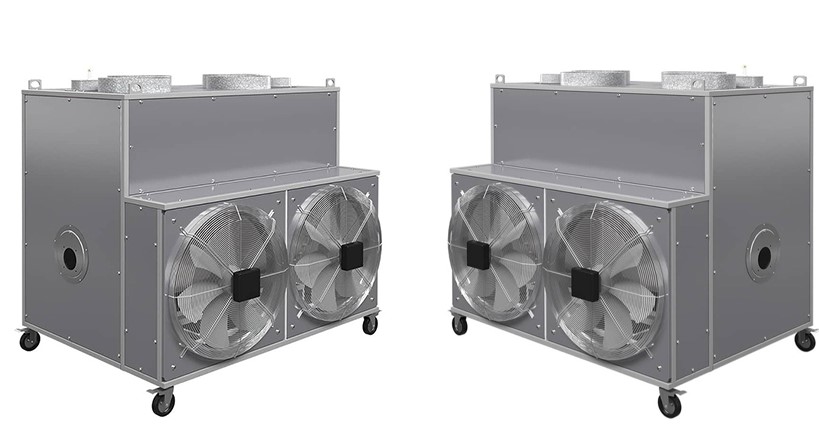 Furnace Heater
Furnace Heater
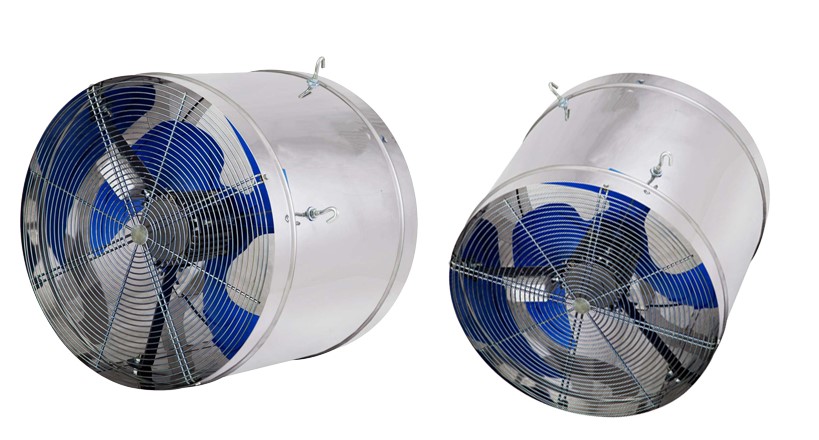 Type 4 Circulation Fan
Type 4 Circulation Fan
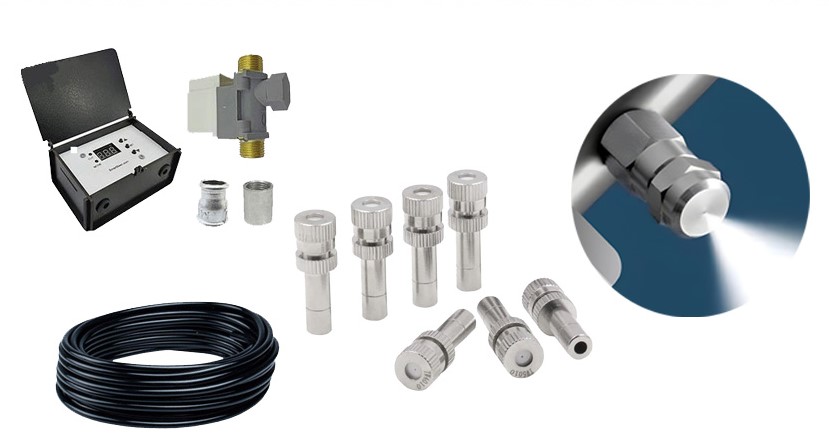 Greenhouse Mist Sprayer
Greenhouse Mist Sprayer